(November 2, 2021) The next time you attempt solving an NYT or LA Times crossword, do keep an eye out for the byline. It’s quite likely that the crossword you’re attempting to solve would have been constructed by a young Mumbai-based investment banker, who’s had a passion for crosswords since his engineering days. Meet Mangesh Ghogre, the 41-year-old executive director and head of equity capital at Nomura Holdings, who has been the only Indian to have his crosswords published in some of America’s top publications and is the first Indian to have judged the American Crossword Puzzle Tournament directed by New York Times.
At a time when most of his peers were busy cracking the GRE and GMAT to go to the US, Ghogre was busy solving crosswords least expecting the puzzle to one day transform his life in ways he could only imagine. Today, while most of his peers are settled either in the US or UK, it is Ghogre who holds the unique distinction of being the only Indian to earn prime spot in some of America’s top publications.
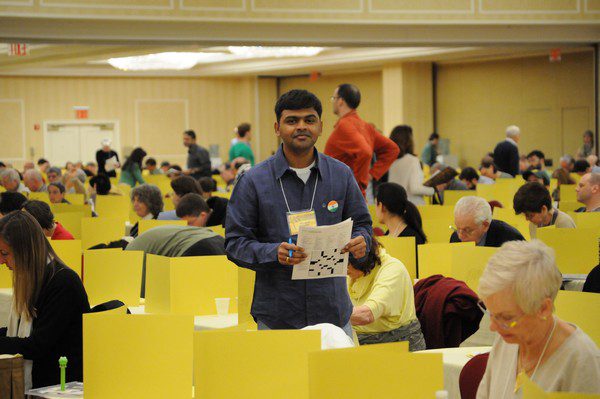
The Panvel boy who made it big
Born in Panvel, on the outskirts of Mumbai, in 1980, Ghogre led the life a typically middle-class Indian in the 1980s would. His father worked at the Reliance plant there and his mother was a homemaker. Their lives revolved around Mumbai and Nagpur (their hometown) and there was little to no exposure to a world outside of India. This was after all an era with no internet connectivity, cable TV or Hollywood films in the country. After his schooling, Ghogre opted to study Mechanical Engineering from VJTI in Matunga and moved into a hostel to avoid long commutes.
It was around this time that he and a few friends got together and decided to move to the US after their engineering course in search of greener pastures. There was a hitch though: English was not their strong language, most of them were more fluent in Hindi. Their go-to resource back then while preparing for GRE and GMAT, was the Barron’s word list. “But these were not words that we used in everyday lives,” Ghogre tells Global Indian, “It was around this time that I began trying to solve the crosswords that would appear in The Times of India in a bid to improve my vocabulary.”
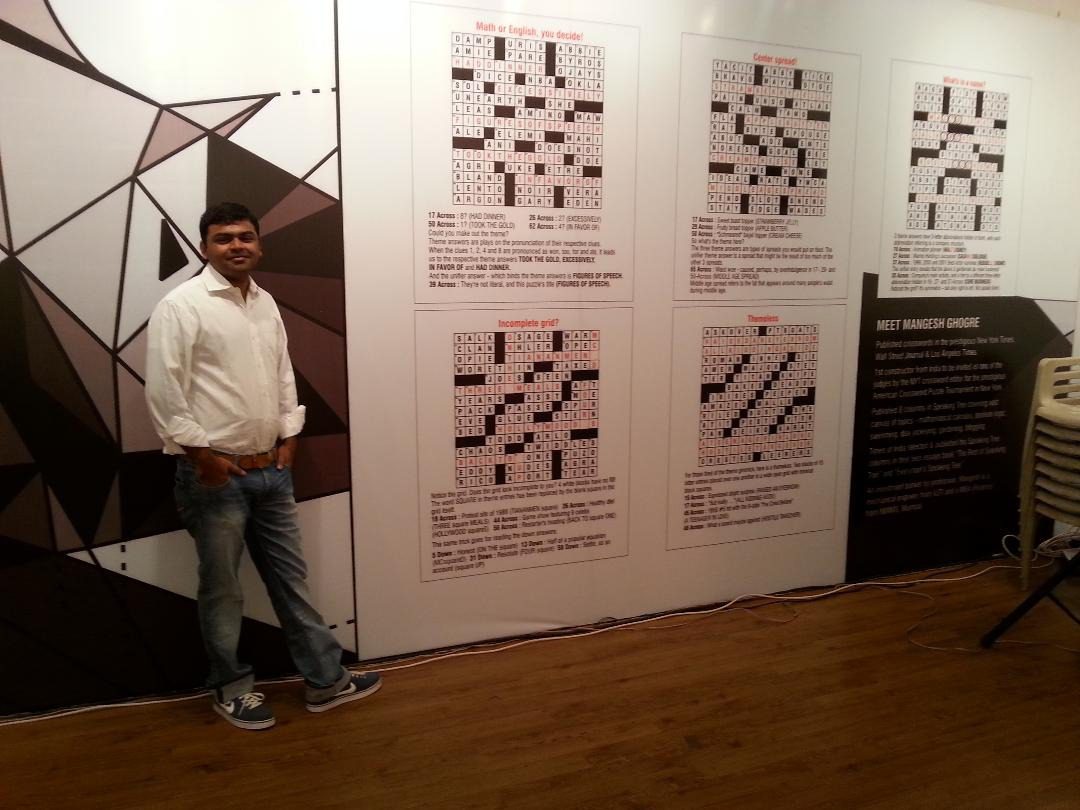
For the love of crossword
The crossword though was no easy feat and many of his friends eventually gave up. But Ghogre kept at it. “In retrospect it was my motivation to crack the GMAT and also the fact that I was curious about the answers which I would refer to the next day,” he explains, adding, “It was only much later that I realized that these crosswords were syndicated from the LA Times. We didn’t have any exposure to American culture, let alone American slang, back then. And the crossword is usually a reflection of society and its culture.”
Ghogre would religiously try to solve the crossword every single day and would check the solutions the next day and make elaborate notes. His diaries were divided into neat sections: slang, animals, religion, geography, flowers, etc. He’d created his own mini-Wikipedia. Over the years, he began to put two and two together and was finally able to begin solving the crossword completely about eight years later. By this time, it had become a habit that he couldn’t do without.

The crossword had opened up a whole new world for him: of American culture, society, geography, food, wildlife and even cinema. American slang like dough, grand, hero (sandwich), break a leg etc became commonplace for him. It also introduced him to the rivers in the US and animals like coyote, llama, and emu. “I’d never heard of these animals before, let alone seen them. When internet finally came to India, I went to a cybercafé to look these animals up to see what they looked like,” he recalls.
Life changing grid
The crossword had fascinated him and he’d carry it with him everywhere. “In the process, I was thrown out of class for solving the crossword mid-lecture, I’d carry it to the canteen and even the washroom. My friends would laugh at me,” smiles Ghogre. “Now they’re in awe of what the small black and white grid did for me.”
The crossword had truly changed his life; he is now considered an authority on it. As time went by, Ghogre got better and better at solving the puzzle. Though he didn’t manage to crack the GMAT and move to the US, he did land a good job when he graduated in 2000. However, a few months later, that job offer was withdrawn due to the dot come bust. “I spent a year at home jobless because of the market situation. I prepared for CAT to do my MBA but didn’t get into the IIMs; it wasn’t a great time. That’s when I took to crossword more strongly. It was my solace; it was addictive.”
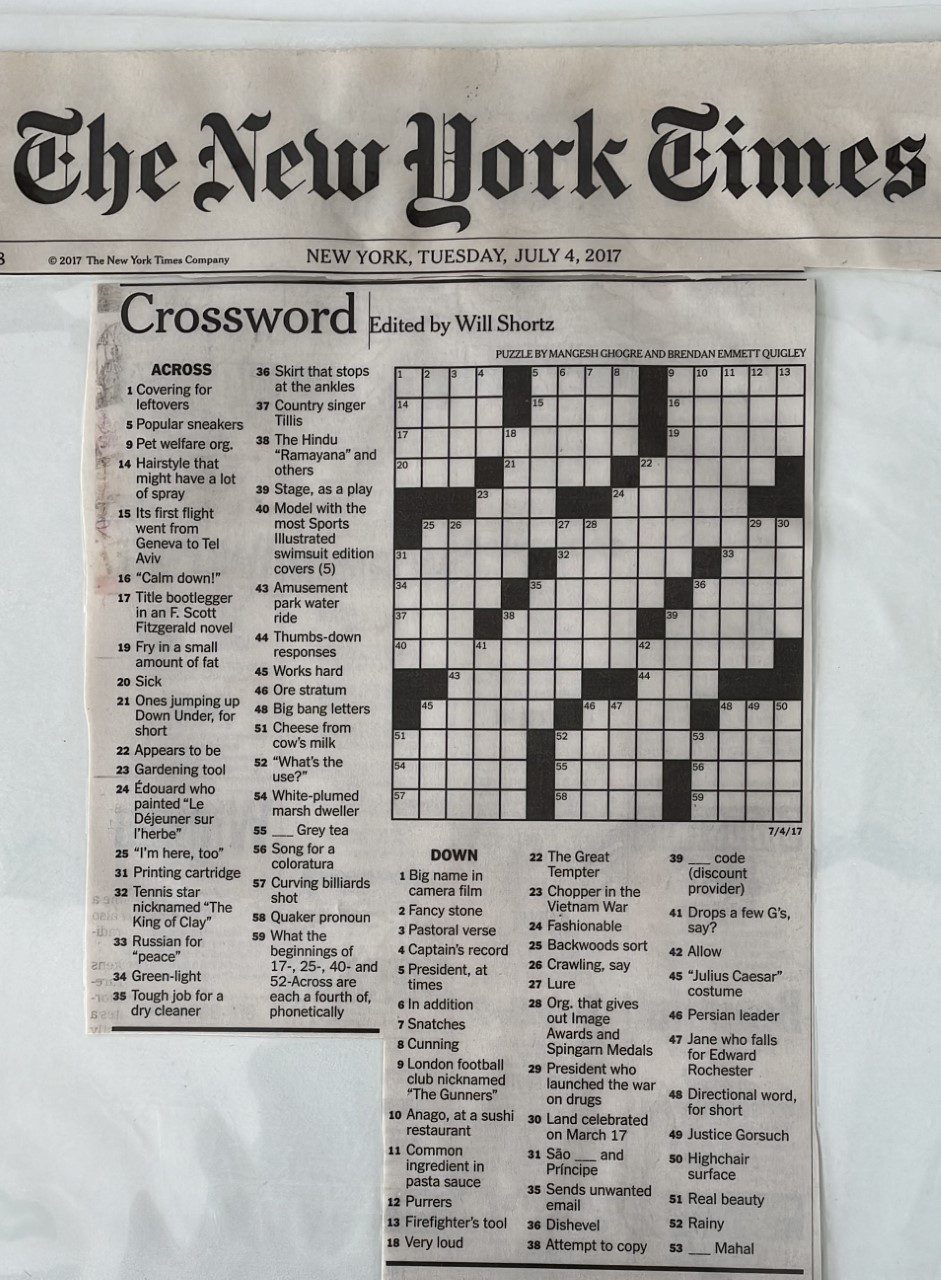
He eventually did his MBA from Narsee Monjee Institute of Management Studies and embarked on a career as an investment banker with ICICI Securities. He also worked with SBI Capital and HSBC before being appointed by Nomura as executive director in 2016.
Through it all, his love for crossword was going strong. “But I also began noticing that all these crosswords had American bylines, there were no Indian names on the scene. I began researching and came across blogs that analyse the puzzle and also spoke about how to construct one. So, I thought why not give constructing a crossword a shot,” says Ghogre.
The only Indian constructor
He sent his first one to the editor of LA Times. Though it wasn’t selected, the editor did encourage him to keep at it. That’s when Ghogre came across a lady Nancy Salomon, a veteran crossword constructor. The two began corresponding by email and she coached him through the nuances of the making a good puzzle. Several tries later, Ghogre’s first crossword was published in the LA Times in September 2010.
Since then, Ghogre has had several of his crosswords published in international publications. The ultimate though was when his work was featured in New York Times, which is considered the Holy Grail of crosswords. Today, he is counted among the top crossword constructors in the world and has been invited to judge the American Crossword Puzzle Tournament as well. That was when Ghogre finally got on a plane to visit the continent he’d learnt so much about through his 15×15 black and white grid. “It was a fantasy come true for me. I finally saw so many of the things I’d learnt about,” he says.
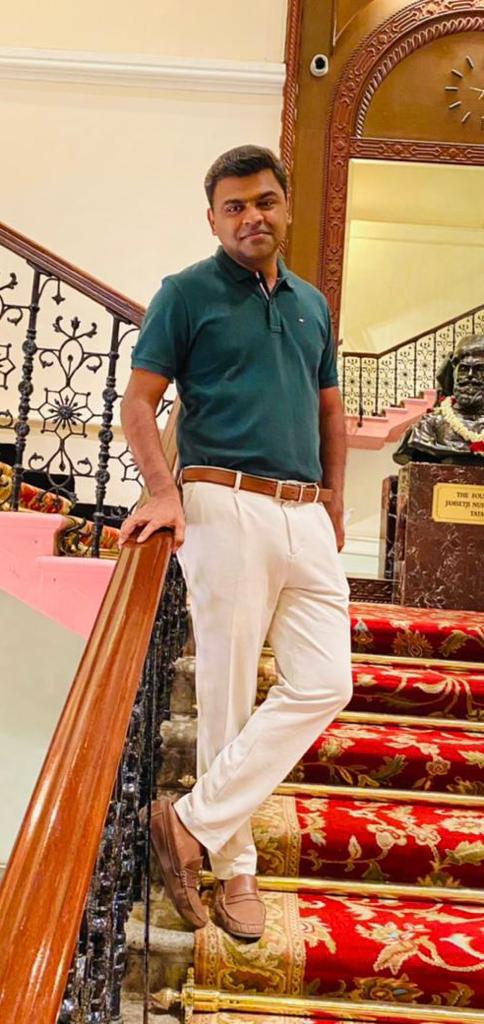
Bringing in the desi flavour
In his own way, Ghogre also ensures that he educates Americans on some Indian nuances. In 2019, on the occasion of Mahatma Gandhi’s 150th birth anniversary, he designed a special crossword with the word Gandhi and a few other Indian terms that was published in New York Times. “There is no other icon as Global Indian as Gandhi and I, in my own way, had the world celebrate him on that landmark occasion,” he smiles.
A typical crossword takes Ghogre about a year or 1.5 years to construct, due to the complexity involved. “Each crossword has to have a specific theme, has to pass the breakfast test (words that one would be comfortable using at the start of one’s day), and conform to the grid’s symmetry. So, it is rather time consuming to construct a crossword; it is a solitary activity,” says the father of two, who has had his crosswords displayed at the prestigious Kala Ghoda Arts Festival.
“Crossword didn’t just change my life, it is my life,” says Ghogre, who has been an investment banker for 17 years, but has been solving crosswords for 25. “My nirvana moment was to be able to sit on the same local train that I used to all those years ago in college and solve a crossword with my byline.”
- Follow Mangesh Ghogre on Twitter

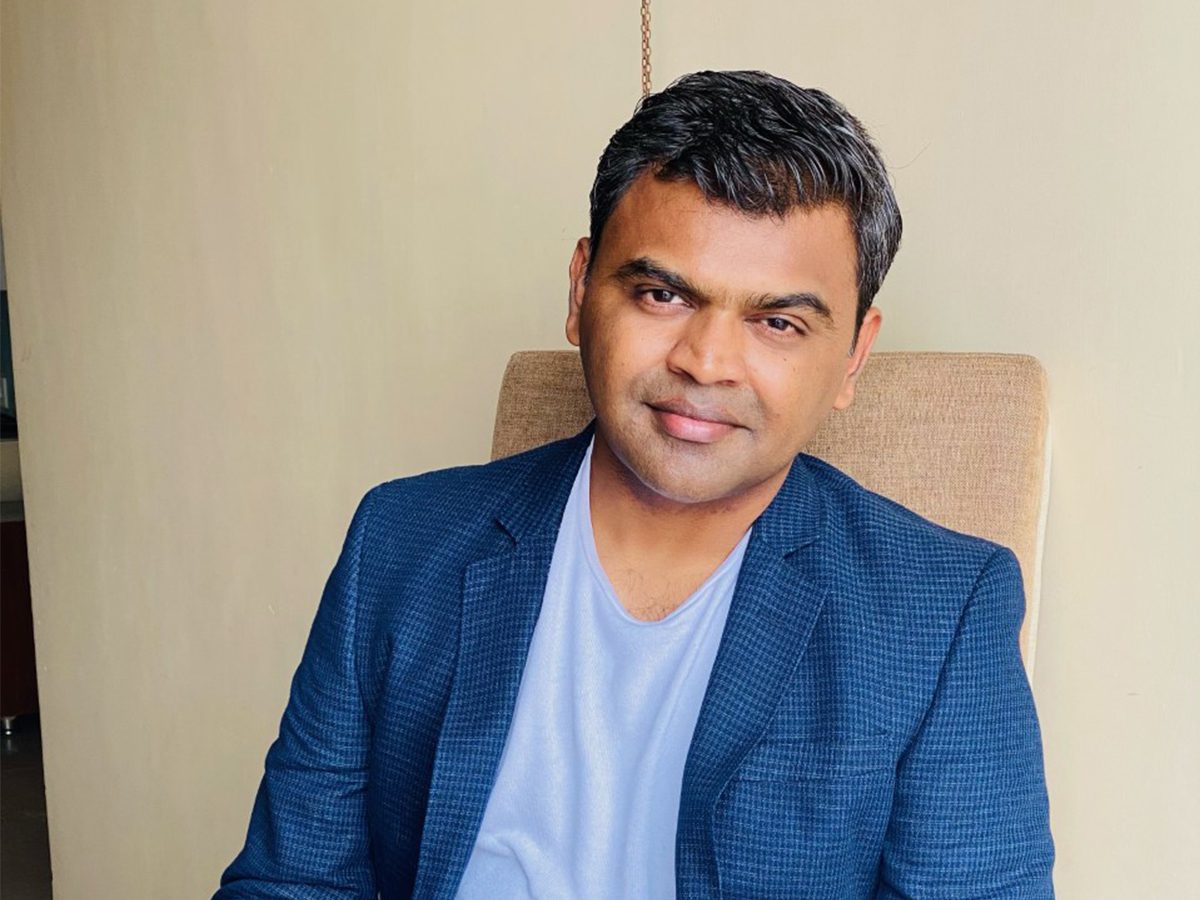

 Romulus Whitaker[/caption]
Romulus Whitaker[/caption]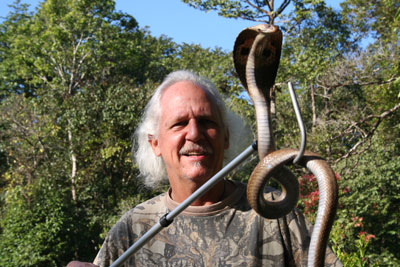 Romulus Whitaker[/caption]
Romulus Whitaker[/caption]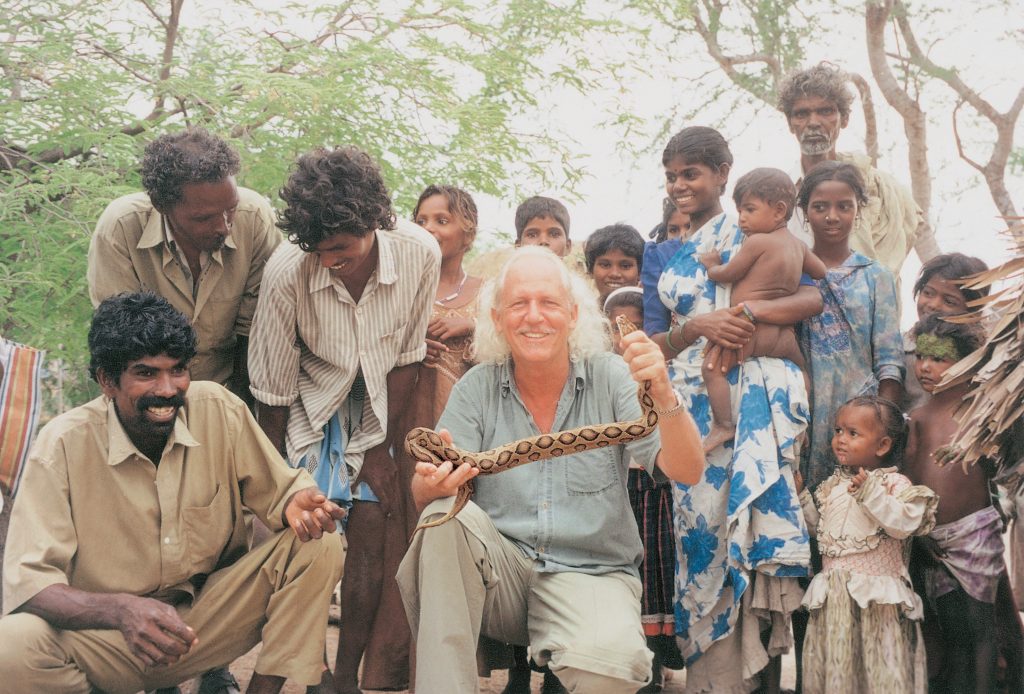 Romulus Whitaker with tribals[/caption]
Romulus Whitaker with tribals[/caption]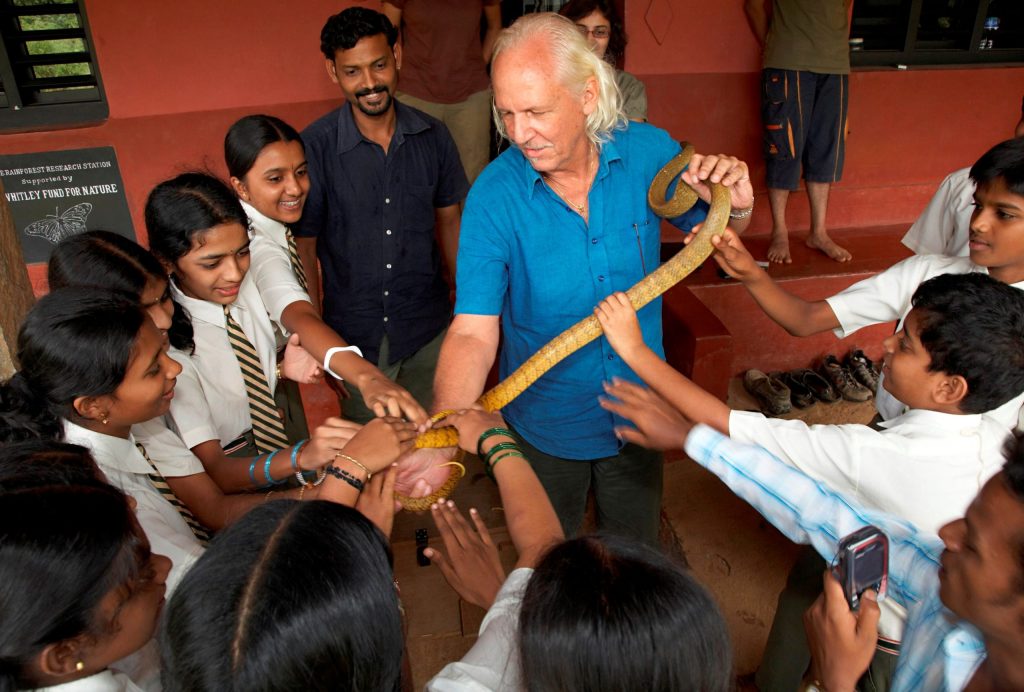 Romulus Whitaker with school kids[/caption]
Romulus Whitaker with school kids[/caption]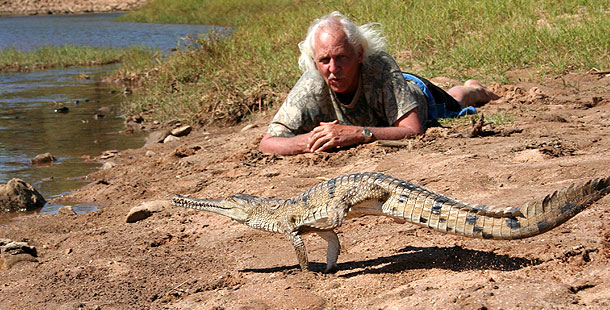 Romulus Whitaker[/caption]
Romulus Whitaker[/caption] Romulus Whitaker during a talk[/caption]
Romulus Whitaker during a talk[/caption]
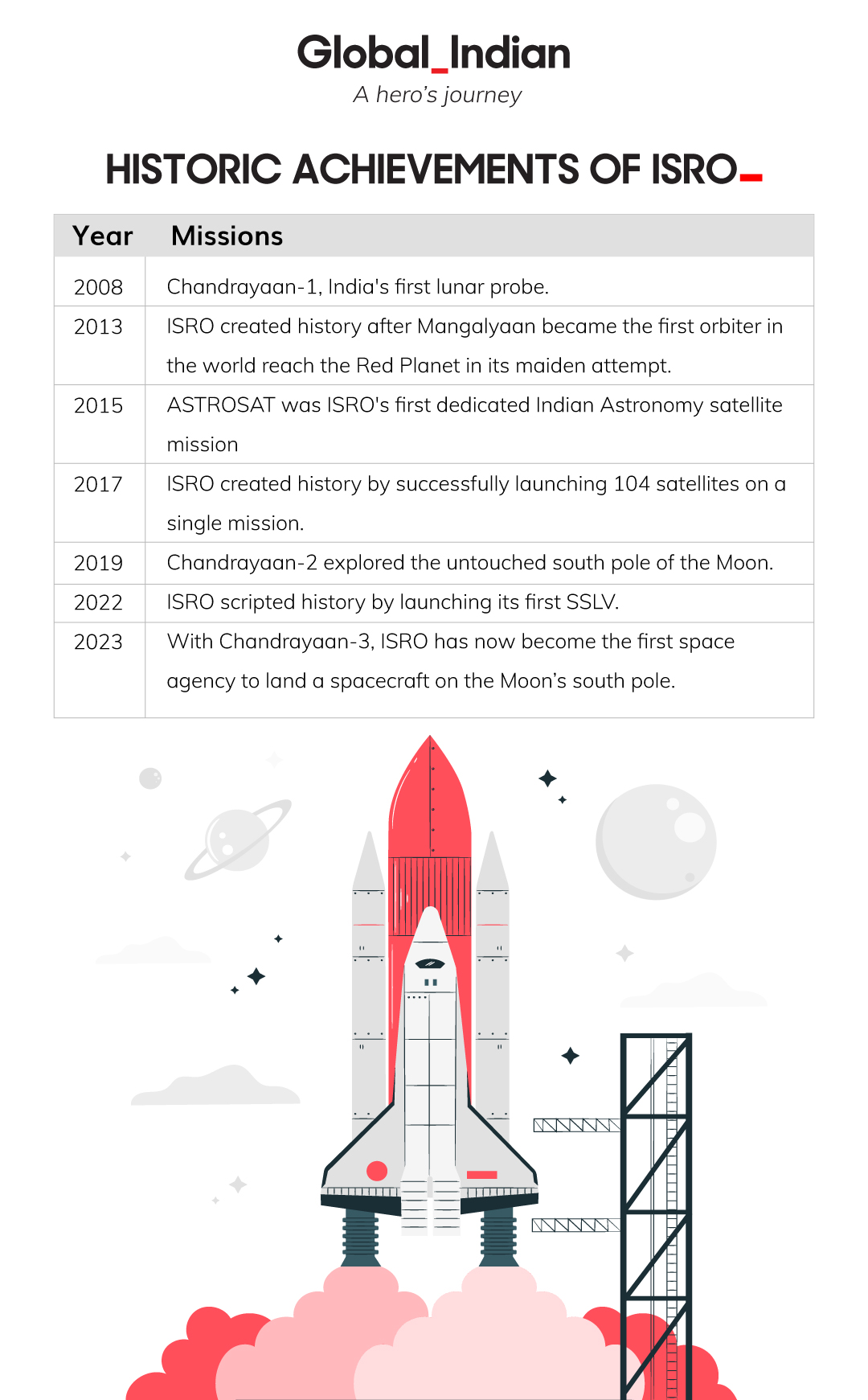
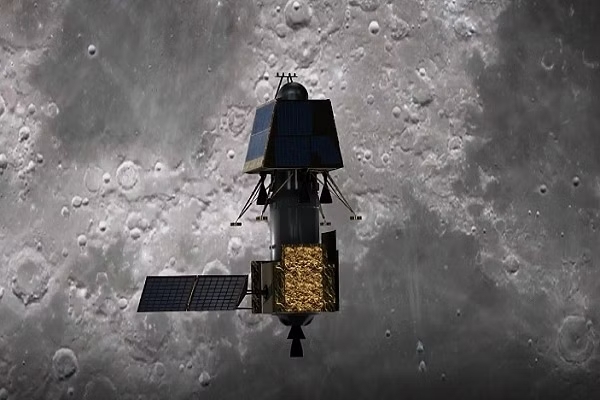 ISRO's Chandrayaan-2 explored the south pole of the Moon[/caption]
ISRO's Chandrayaan-2 explored the south pole of the Moon[/caption]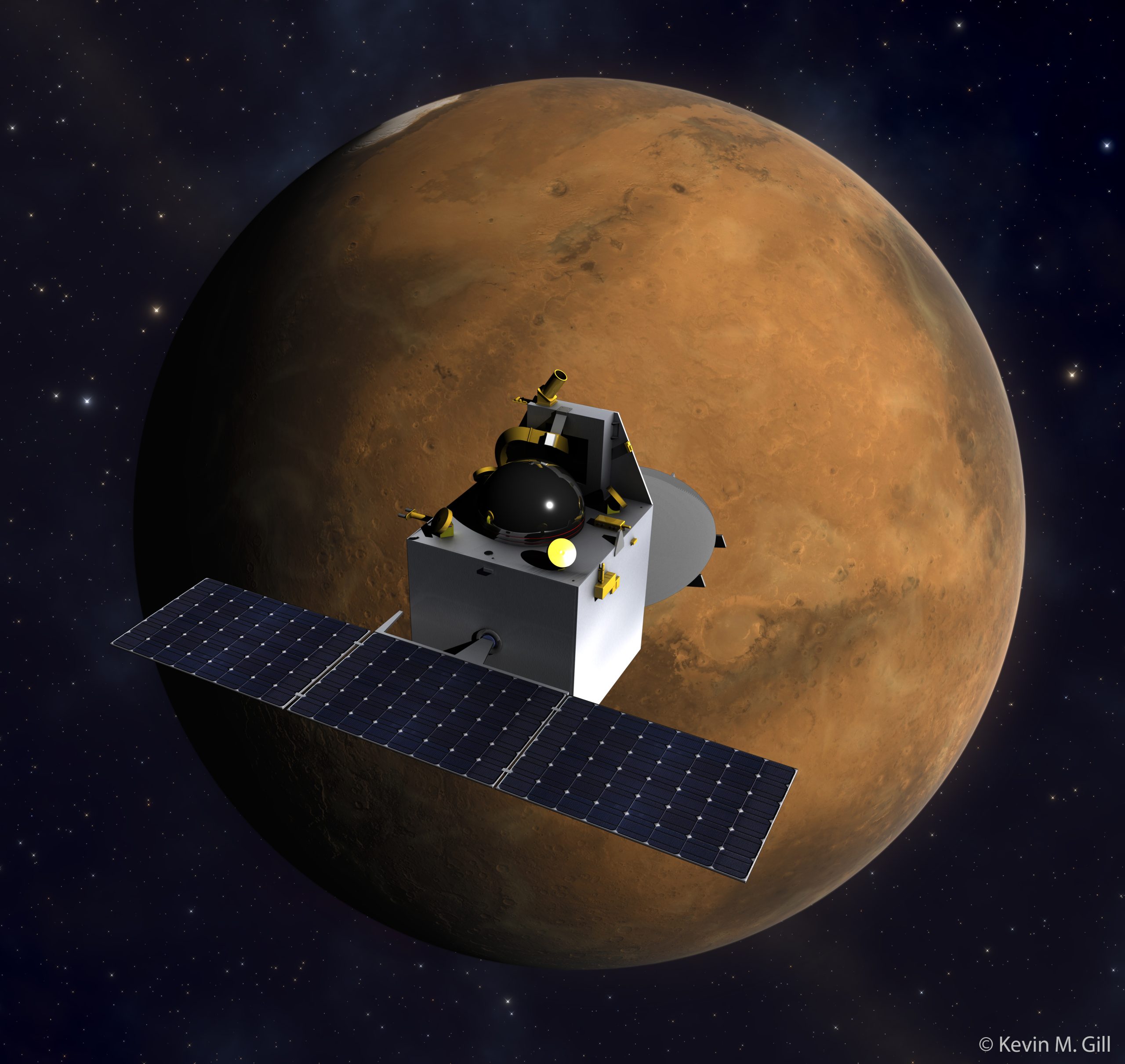 ISRO's Mangalyaan[/caption]
ISRO's Mangalyaan[/caption]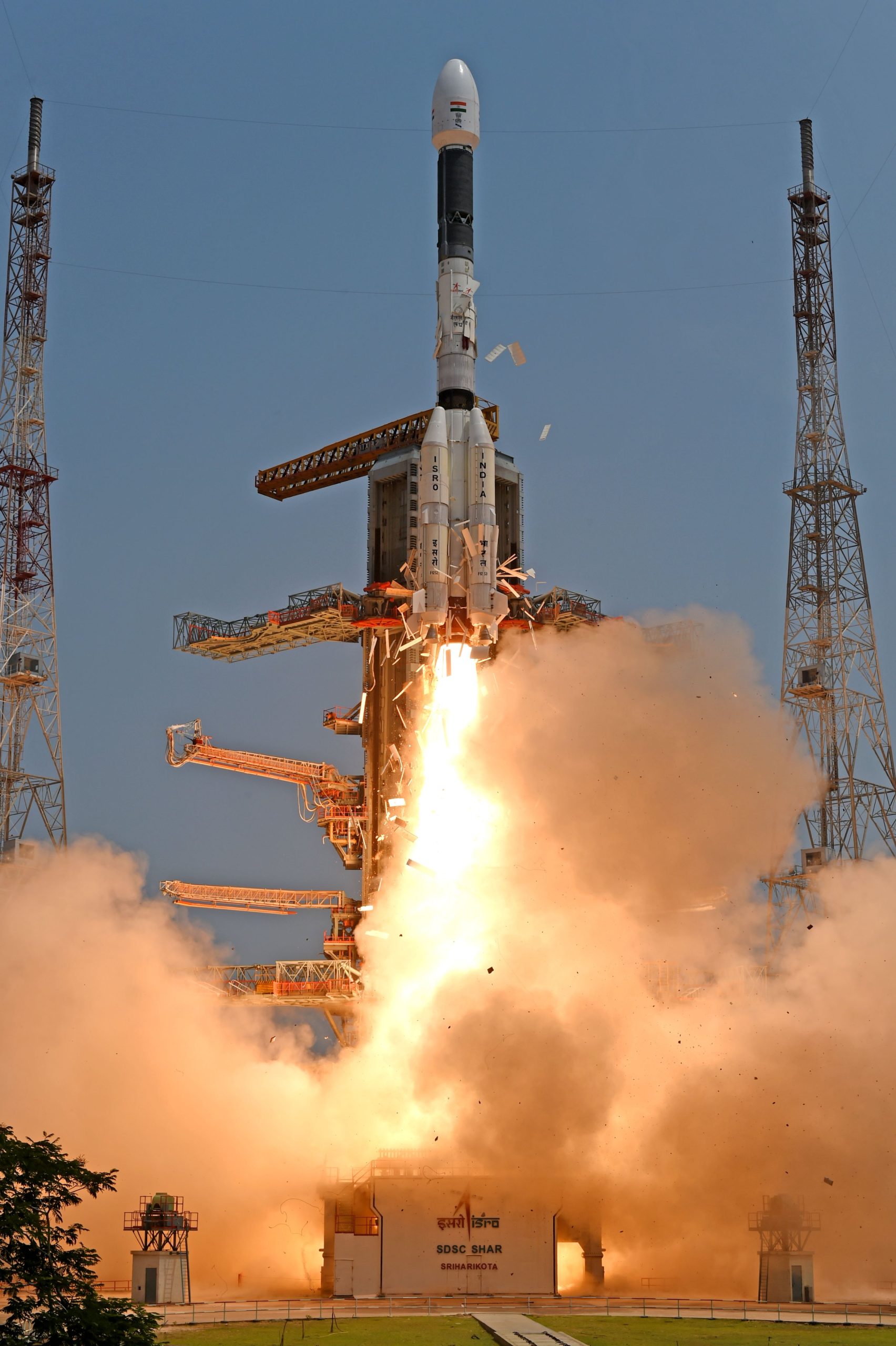
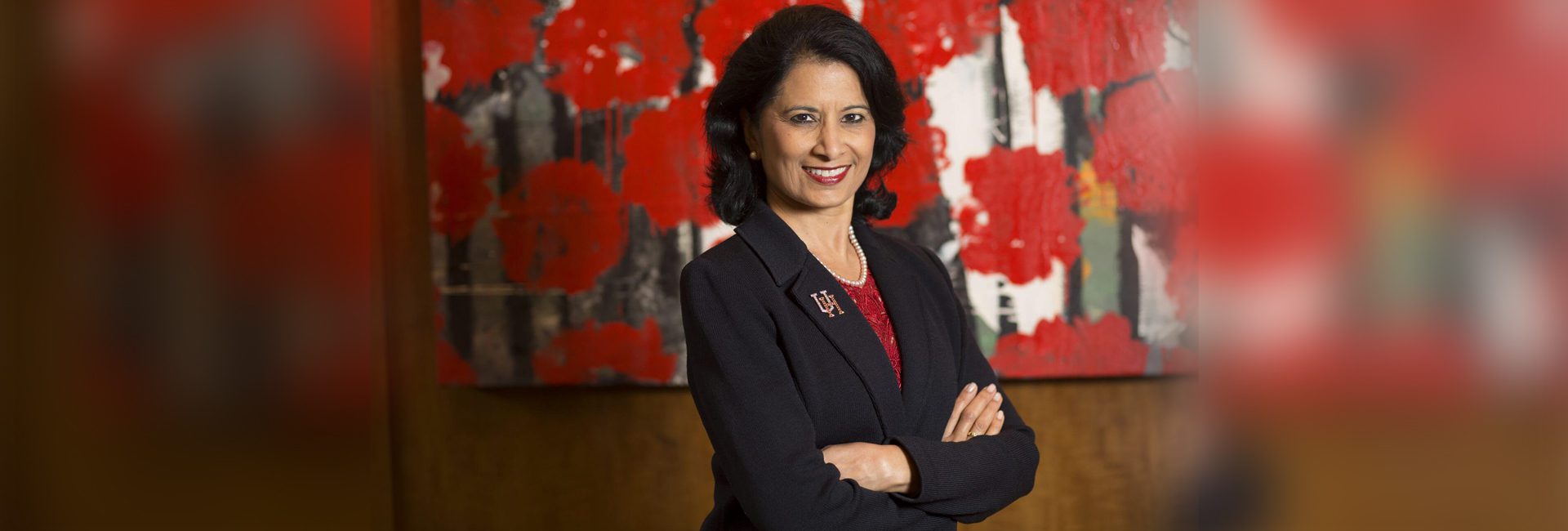
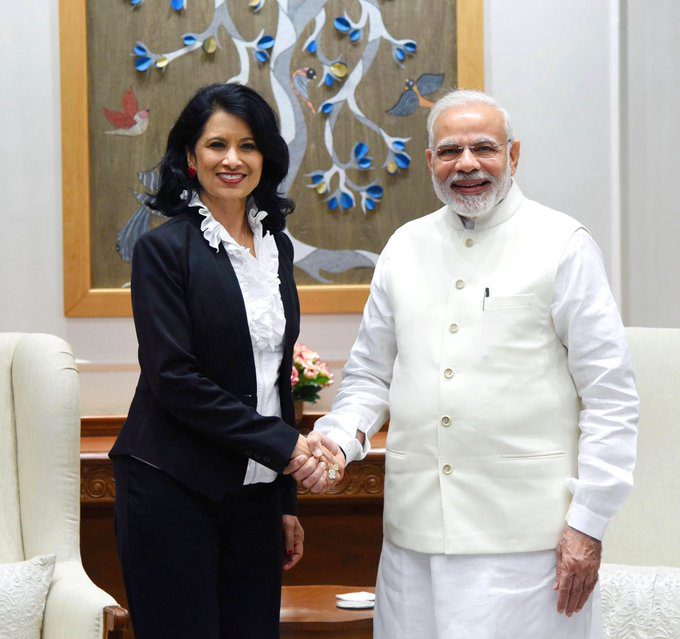 Dr Khator with PM Modi[/caption]
Dr Khator with PM Modi[/caption]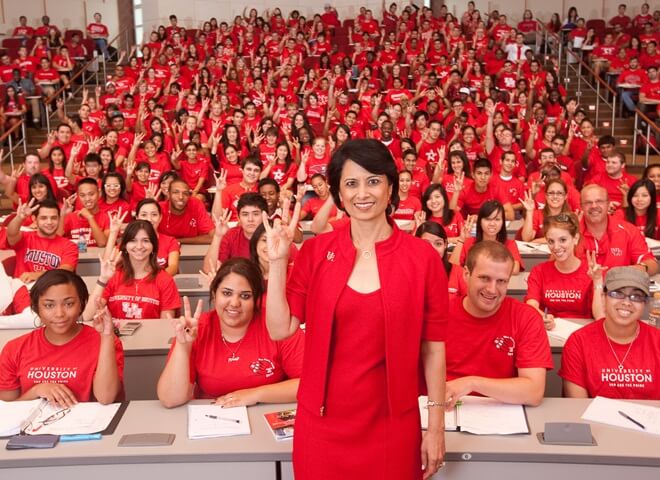
 Dr Khator being confered with Pravasi Bharatiya Samman by Indian President, Dr Pranab Mukerjee[/caption]
Dr Khator being confered with Pravasi Bharatiya Samman by Indian President, Dr Pranab Mukerjee[/caption]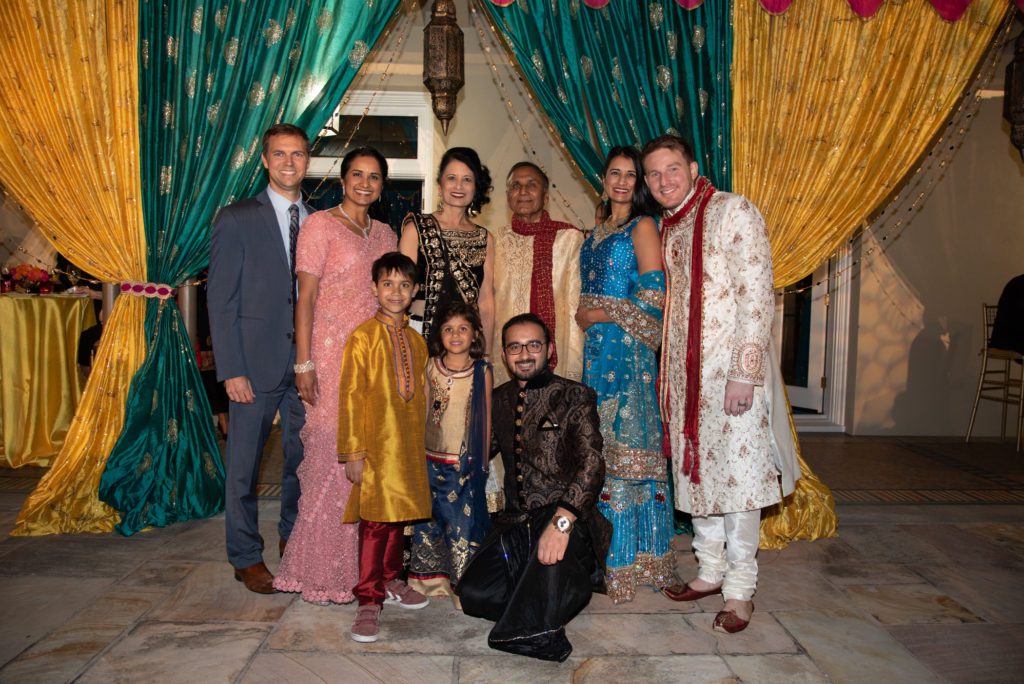 Dr Renu and Suresh Khator with their family[/caption]
Dr Renu and Suresh Khator with their family[/caption]
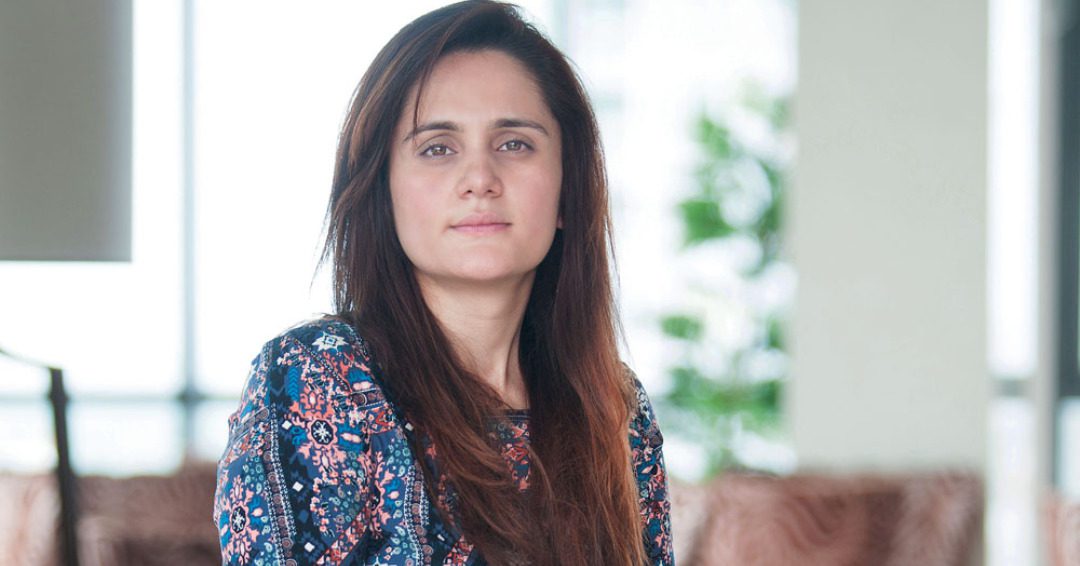

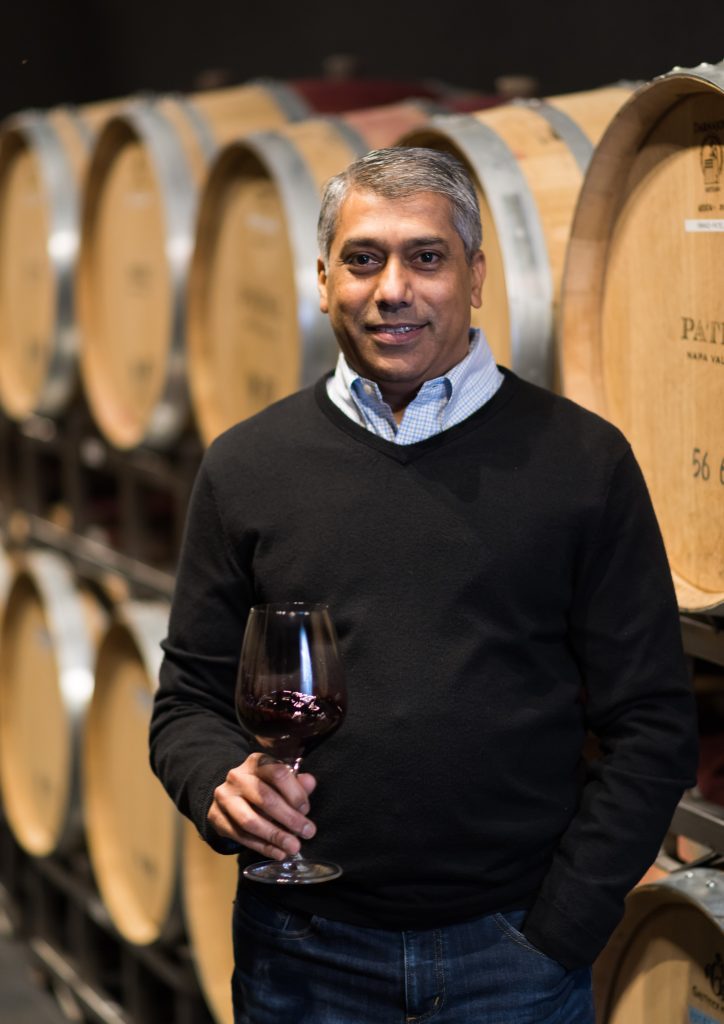
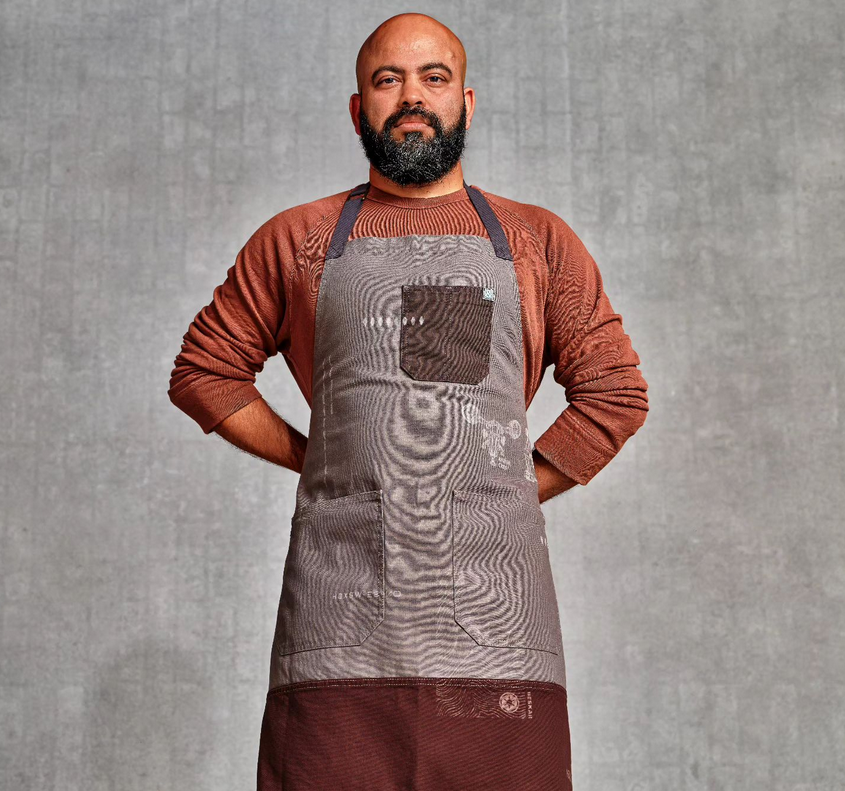 Chef Sujan Sarkar[/caption]
Chef Sujan Sarkar[/caption]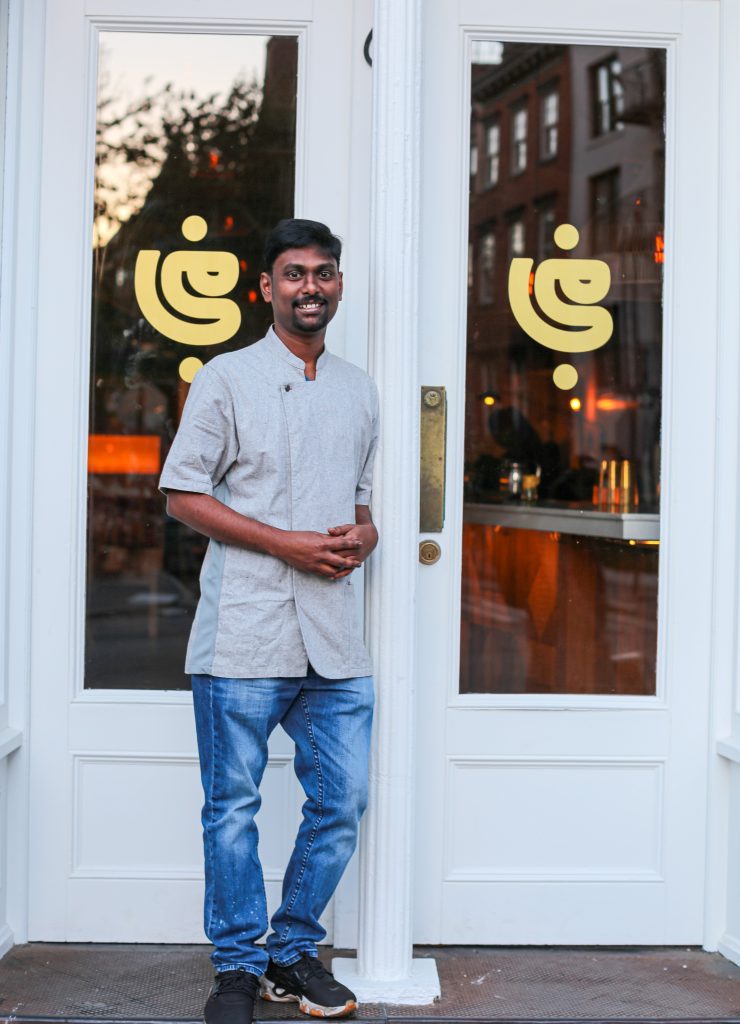
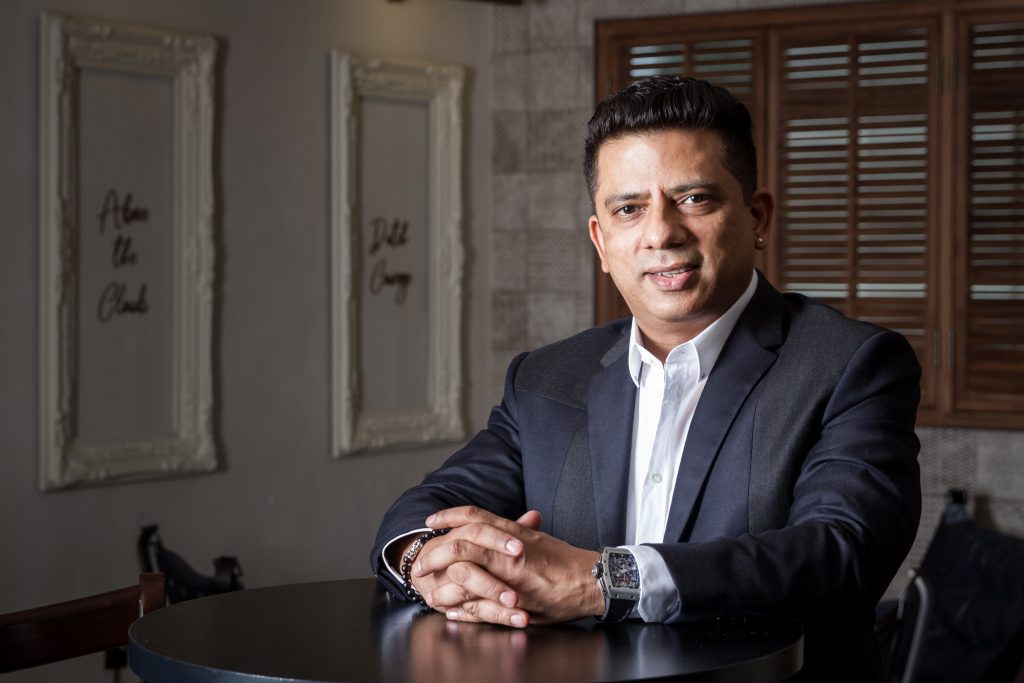 Bhupender Nath, founder Passion F&B, is the brain behind Michelin-starred TresInd, Dubai and TresInd, Mumbai.[/caption]
Bhupender Nath, founder Passion F&B, is the brain behind Michelin-starred TresInd, Dubai and TresInd, Mumbai.[/caption]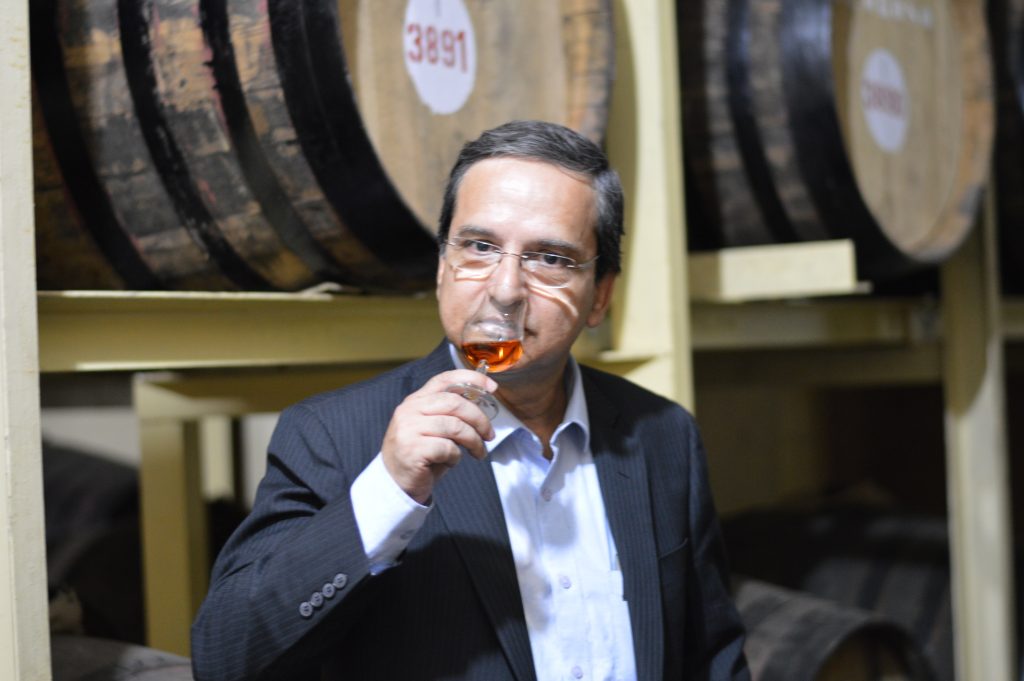
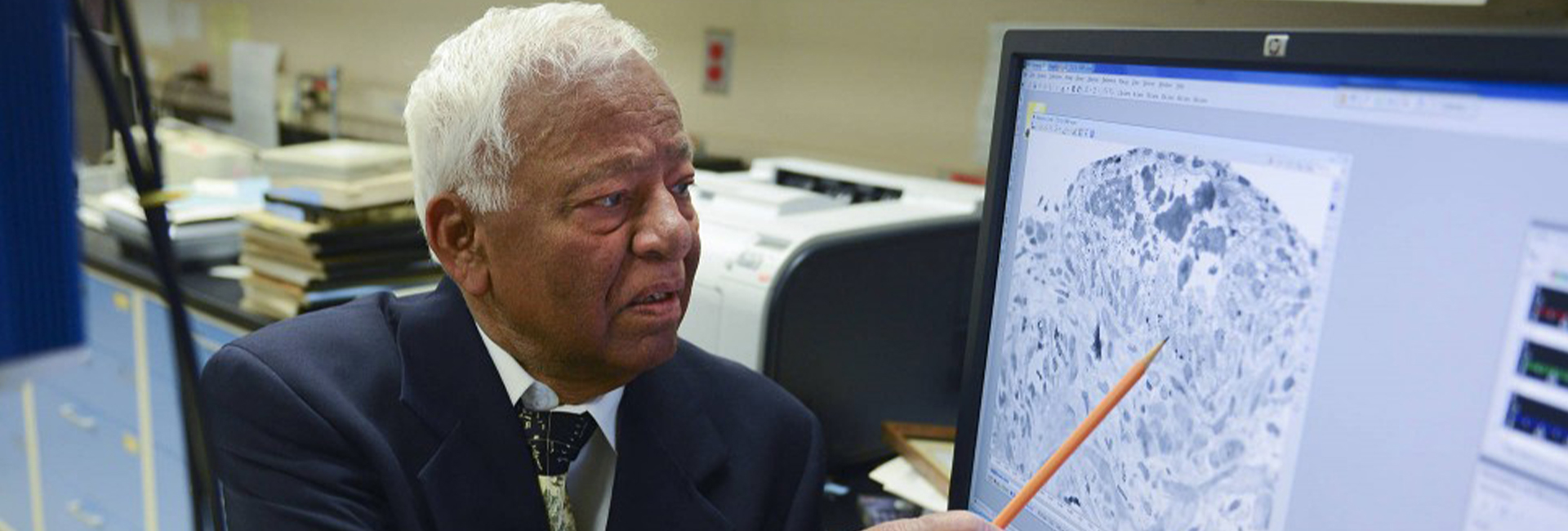
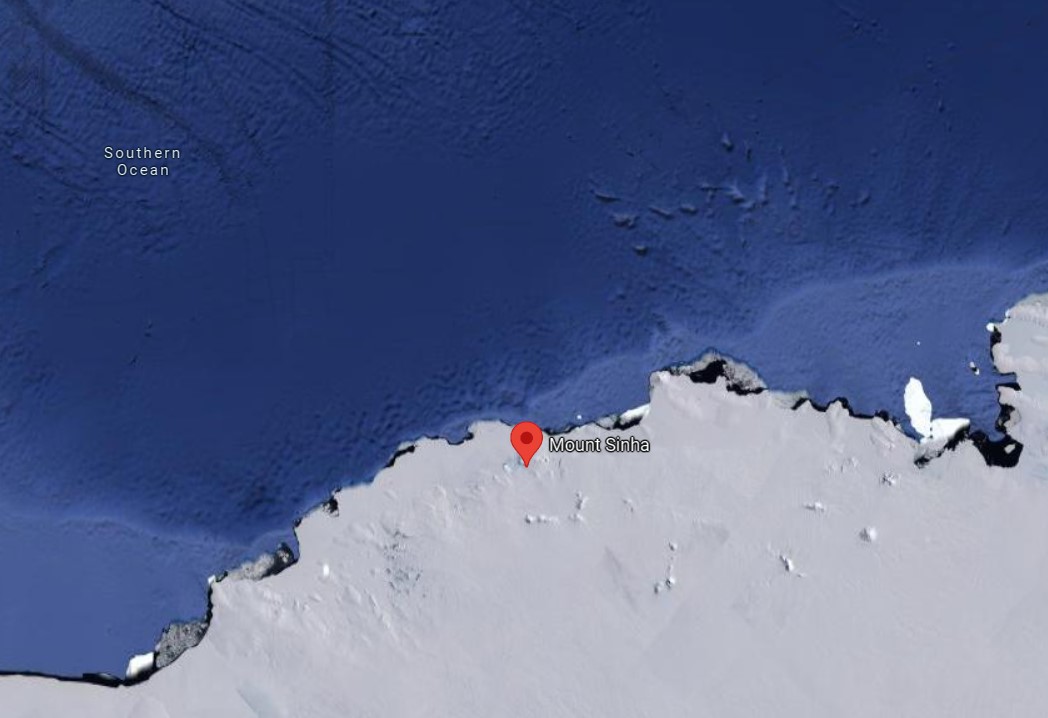 Image extracted from Google Maps[/caption]
Image extracted from Google Maps[/caption]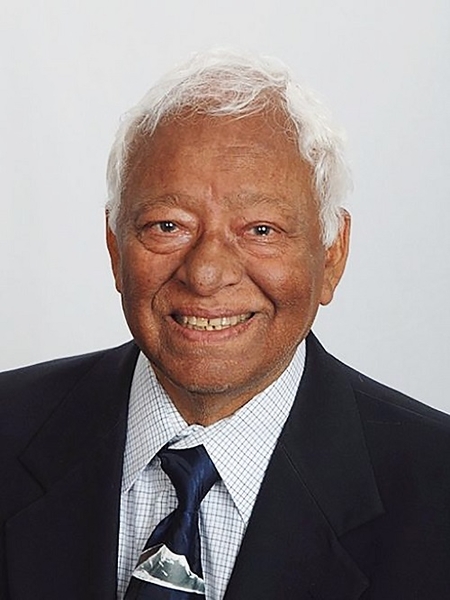 Professor Akhouri Achyutanand Sinha[/caption]
Professor Akhouri Achyutanand Sinha[/caption]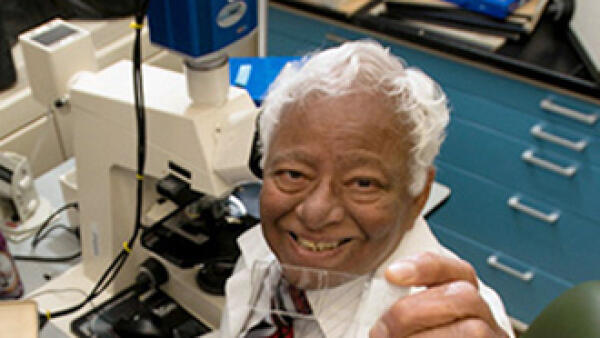 Professor Akhouri Achyutanand Sinha[/caption]
Professor Akhouri Achyutanand Sinha[/caption]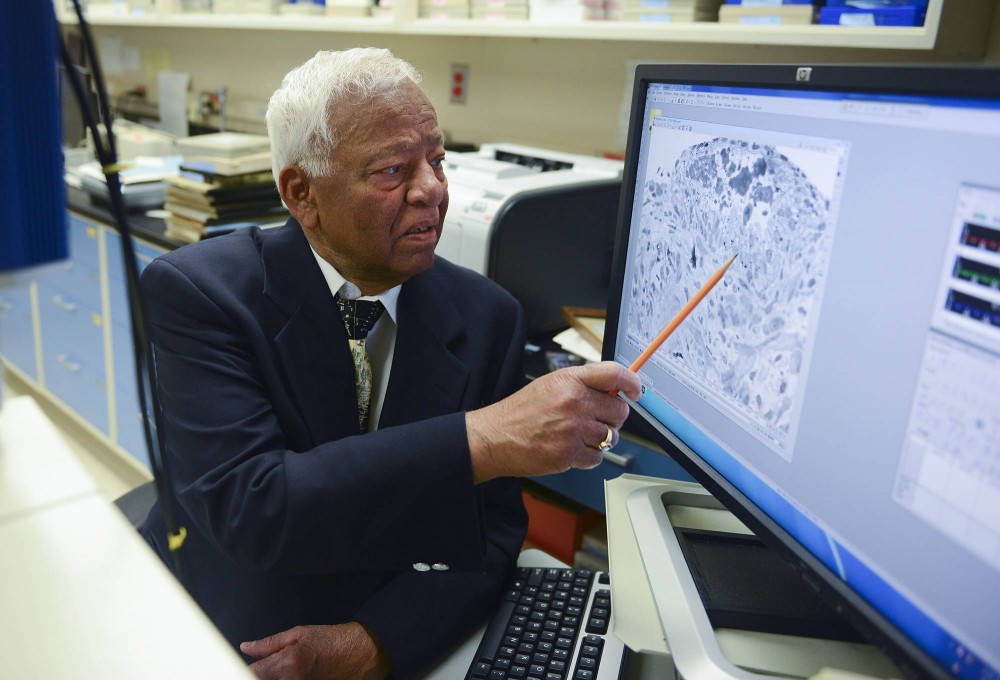 Professor Akhouri Achyutanand Sinha[/caption]
Professor Akhouri Achyutanand Sinha[/caption]